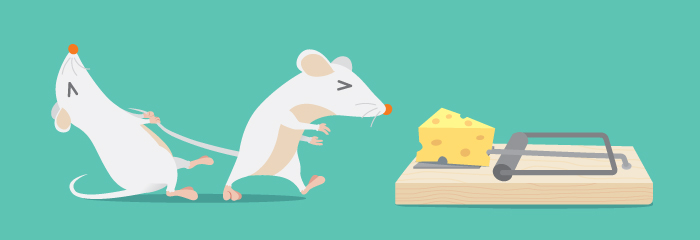Curb Those Cravings

For a better understanding of food cravings read the blog post on The Whys and Wherefores of Food Cravings. Then read these tips for how to overcome them:
Stabilise blood sugar levels – avoid sugar, refined carbohydrates, caffeine and alcohol.
Take regular moderate exercise – avoid sitting for long periods. Do small bouts of exercise throughout the day.
Refuel after exercise – it is important to restore glucose levels within 20 minutes of exercise. This could be a piece of fruit, a smoothie or a vegetable juice. Within 2 hours of exercise eat a meal containing protein and carbohydrates to aid repair of muscles and to replenish glycogen stores so that your muscles get stronger and do not feel heavy and tired the next day.
Avoid foods to which you are intolerant – common culprits are wheat, dairy products, yeast and soya. Often we become intolerant to foods that we eat frequently so make sure you eat a varied and balanced diet.
Have protein for breakfast – starting the day with some protein can help the day get off to a good start. Eating sugar in the morning means you start the day on a blood sugar roller coaster. Most breakfast cereals, marmalades and jams are laden with sugar. Always go for whole grains such as oats or sugar free muesli instead.
Avoid artificial sweeteners – these upset appetite regulation and lead to over eating and cravings.
Nourish the body – being well nourished will prevent nutritional deficiencies. This means eating high nutrient foods such as fruit, vegetables, nuts, seeds, beans, lentils, sprouts, sea vegetables, fish, eggs, chicken and whole grains. Avoid empty calories from sugary foods, refined carbohydrates, processed foods and many snack foods as these will leave you unsatisfied and wanting more.
Smell it Away – one study found that inhaling a fresh scent reduced chocolate cravings in women whilst inhaling a sweet scent increased the craving for chocolate (1).
Smile! – smiling reduces food cravings even after exposure to palatable food cues while frowning appears to increase food cravings. This is especially true in emotional eaters (2).
Be Mindful – a 28-day smartphone intervention that targeted craving-related eating using mindful eating training led to significant reductions in craving-related eating and overeating (3).
Manage Stress – good techniques include meditation, yoga, breathing exercises or visualisations.
If you have a craving…
Have healthy snacks on hand – Cravings often lead to snacking. One study found that about 86% of snacks were high-calorie, with chocolate-containing foods being the most frequently reported snacks (4). Stock up on fruit, olives, oat cakes, dark chocolate and trail mixes.
Drink water, vegetable juices and herbal teas – these will all help to quench your thirst and prevent mixed messages about what your body needs.
Find an alternative activity – go for a walk, phone a friend, weed the garden, do a crossword, read a book, watch a film, do the washing up, clean the bathroom, sort your clothes, do some yoga … there are lots of things you can do to distract yourself from dwelling on comfort foods.
And remember, whatever you are craving, it’s just a craving and it will most likely pass with time.
See blog post on The Whys and Wherefores of Food Cravings
References
- 1. Appetite. 2016 Oct 1;105:700-4. Effects of olfactory sense on chocolate craving. Firmin MW, Gillette AL et al.
- 2. Appetite. 2017 Sep 1;116:536-543. “Smile away your cravings” – Facial feedback modulates cue-induced food cravings. Schmidt J, Martin A.
- 3. J Behav Med. 2017 Sep 16. Testing a mobile mindful eating intervention targeting craving-related eating: feasibility and proof of concept. Mason AE et al.
- 4. Appetite 2017 Jun 1;113:215-223. Food cravings in everyday life: An EMA study on snack-related thoughts, cravings, and consumption. Richard A, Meule A, et al.